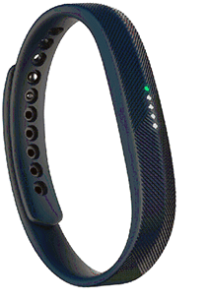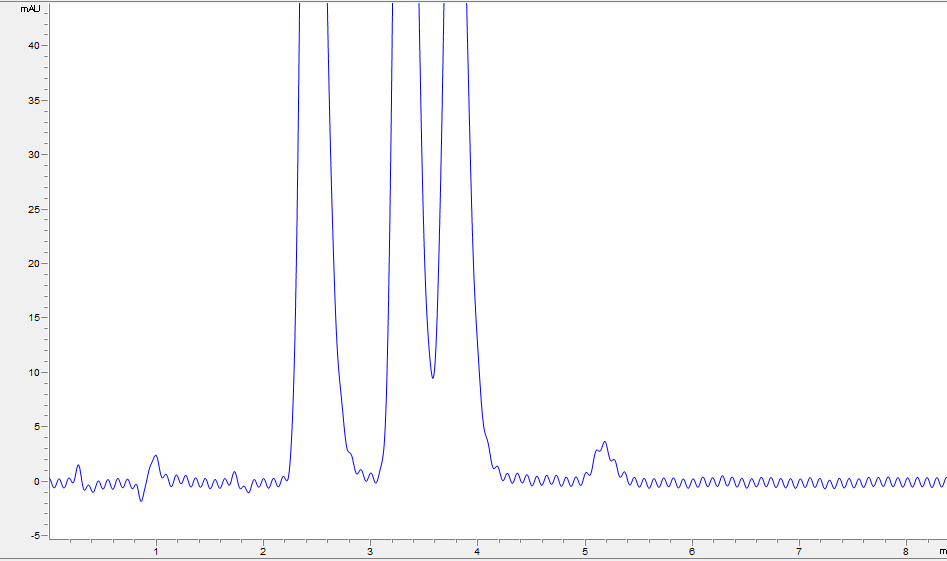Chromatography Quiz #24 Results
 Pickering Labs would like to congratulate the winners of our last newsletter’s Glyphosate Quiz: David Green from Pepperdine University Natural Science Division, Jim Balk from the DHHS Public Health Environmental Laboratory, Narjes Ghafoori from LA County Environmental Toxicology Lab, Karissa Scroggins from North Coast Laboratories, Helene Lachance from Shur-Gain Nutreco, Tom Schneider from Suffolk County Water Authority, and Irene Taylor from Orange County Utilities Water Division Laboratory!
Pickering Labs would like to congratulate the winners of our last newsletter’s Glyphosate Quiz: David Green from Pepperdine University Natural Science Division, Jim Balk from the DHHS Public Health Environmental Laboratory, Narjes Ghafoori from LA County Environmental Toxicology Lab, Karissa Scroggins from North Coast Laboratories, Helene Lachance from Shur-Gain Nutreco, Tom Schneider from Suffolk County Water Authority, and Irene Taylor from Orange County Utilities Water Division Laboratory!
They have each won and will shortly be receiving a: Fitbit Flex 2 wristband tracker! An ultra-slim, light-weight wristband for daily activity and sleep tracking! This wearable tech goody is also water and swim-proof! Happy tracking to our Quiz Winners!
Thank you all for your submissions!
The correct answer to the Polyether Antibiotics Analysis quiz:
The correct answer to the Glyphosate Analysis Quiz was: we injected a sample at the wrong pH. The samples should be at pH 2 for Glyphosate analysis, especially at high injection volumes. A neutral pH sample can cause peak broadening and sometimes the Glyphosate peak elutes as a doublet. The later eluting AMPA peak is less affected by sample pH problems.
We received really great submissions on this quiz from our contestants that included other reasons for misshapen Glyphosate peaks, so we are included for a couple here for additional troubleshooting background/advice! Nice work everyone!
From one submission, we learn that metal contamination can also affect peak shape: Glyphosate is a pretty good chelating agent through the phosphate end so contamination with transition metals, especially iron, will affect the peak shape of Glyphosate and AMPA with Glyphosate being the first peak impacted. In the case of metal contamination Pickering recommends flushing the column with Restore, the solution formulated to remove transition metals and to bring the column back to “peak” performance.
Another scientist has pointed out a different common reason for Glyphosate peak shape problems and retention time shift: Extra-column band broadening. Extra-column band broadening will affect more dramatically the early eluting glyphosate peak. If all the peaks are affected in the chromatogram, it would suggest that a problem is related to either the system or the column. As this is not the case here and only the early eluting peaks are affected, it suggests that the problem could lay with the fluid path – fittings, void in guards or sample/mobile phase solvent, etc. It is always a good idea to make sure all the tubing connections are made correctly; there are no bubbles in the lines or guard column and the injector stator/rotor seal are not worn or defective.
Chromatography Quiz #25: B@$eL!nE Noise!
What is causing the baseline noise in the chromatogram below? Simply email your answer as well as your full contact information to Rebecca at rlsmith@pickeringlabs.com by January 1st, 2016 in order to win. You will receive email confirmation that your submission has been received. The answer to the quiz and winner congratulations will be published in the next issue (to be anonymous, please notify Rebecca in submission).
Amino Acid Analysis – Baseline Noise
Pinnacle PCX post-column instrument is being used, in a traditional HPLC setup as recommended by Pickering Laboratories. The quiz question: what is causing the baseline noise?
Post-column conditions for Lithium Amino Acid analysis:
Reagent 1: Trione
Reactor: 130 °C, 0.5 mL
Reagent flow rate: 0.3 mL/min
Injection volume: 10uL
DAD Settings:
Signal = 570nm
Reference = Off
HPLC Flowrate: 0.35mL/min
Column Temperature: 37 °C


